Introduction
I'll admit that it took me a while to appreciate Mark Badger's work. Something about his style didn't seem quite right, and yet it stayed with me. I found myself going back to it as if though I wanted to make sure that I didn't like it. It's a typical reaction to things that leave some sort of lasting impression on us, positive or negative, whether we want them to or not. My staggered appreciation of Mark Badger's work grew to a full blown interest and personal influence. To me, that is a clear cut testament to his unique visual strength.
I was interested in how his bold approach to cartooning functioned and what it represented throughout the comic book world. Whether Badger's unmistakable stamp is calculated design or blithe reveling, it is above all drawn like he's "from another fucking planet", as Howard Chaykin aptly put it.
Kirby, abstract narrative, breaking into Marvel, gallery art, comics iconography, collaborating with J.M. DeMatteis, co-creating the Mask, being influenced by Howard Chaykin, the virtues of Jim Shooter, working with the late, great Archie Goodwin, the Instant Piano anthology series, activism, digital drawing, unionizing artists and much more is discussed in my interview with Mark Badger.
Interview with Mark Badger
Extra Scans
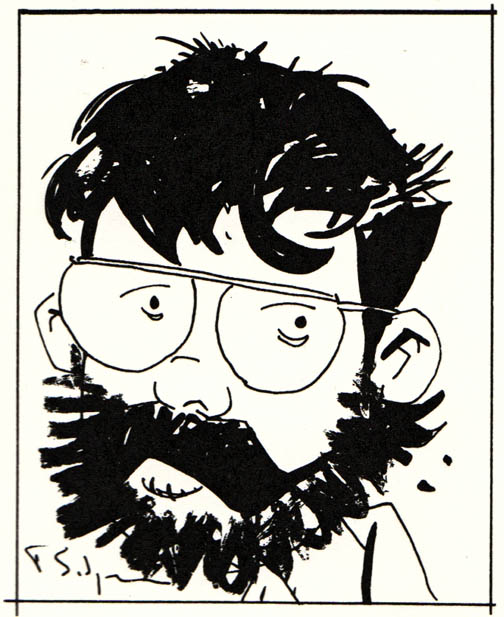
Self-Portrait, circa 1989.
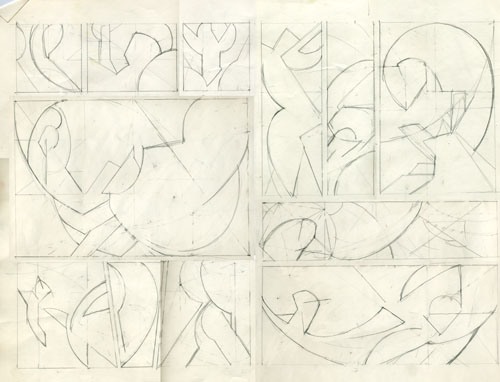
Badger's pencil version of his contribution to the Abstract Comics anthology book, edited by Andrei Molotiu, published by Fantagraphics, 2009.
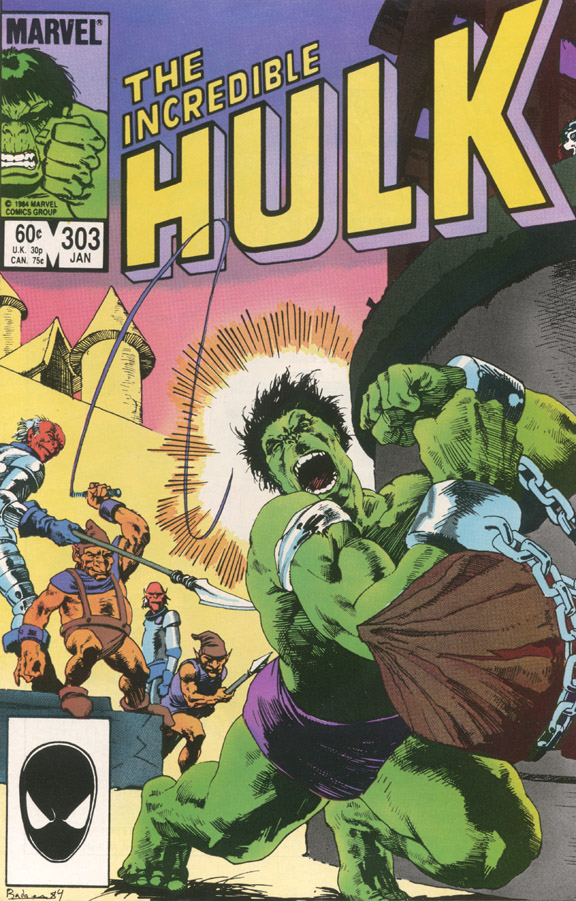
Incredible Hulk cover, Badger's first published art for Marvel.
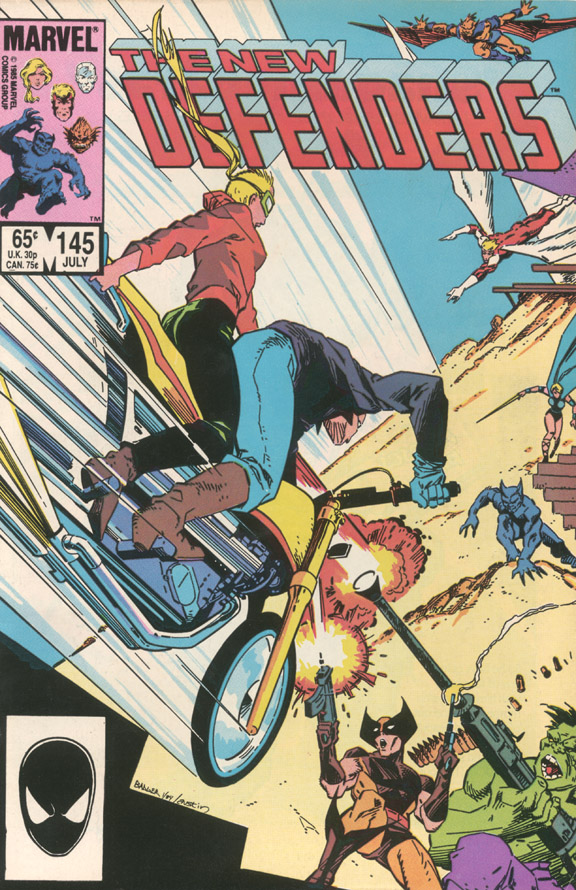
Another early cover. This shows more where his style would eventually lead to.
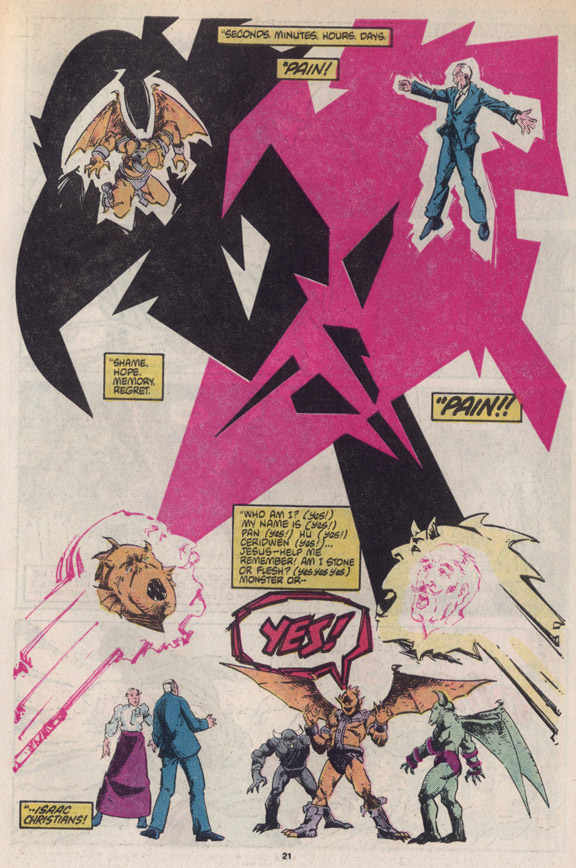
From Gargoyle #2, July, 1985, written by J.M. DeMatteis.
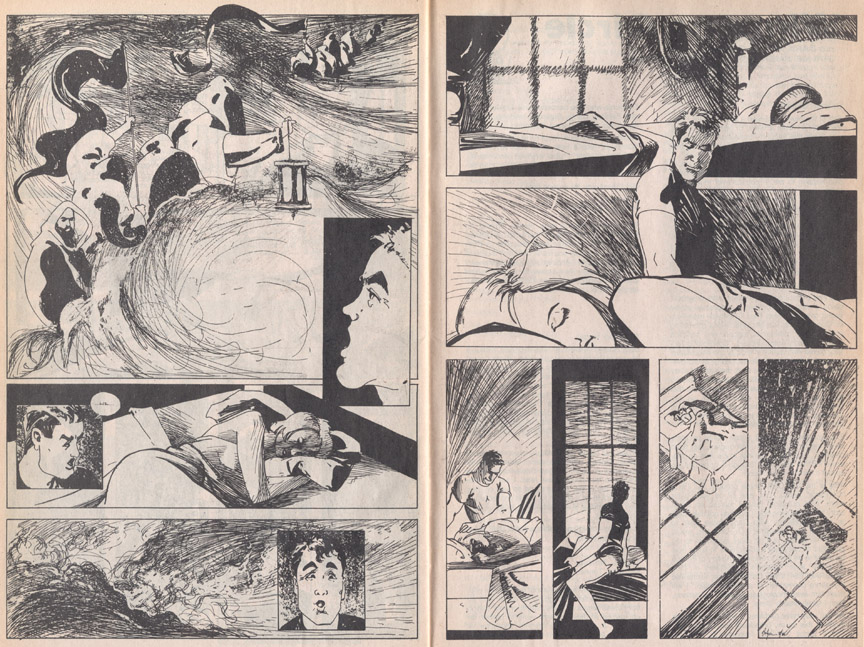
Badger & DeMatteis collaborated in this short story, Hellwalk, Inc.:"Cortege", appearing in Dark Horse Presents #2, 1986.
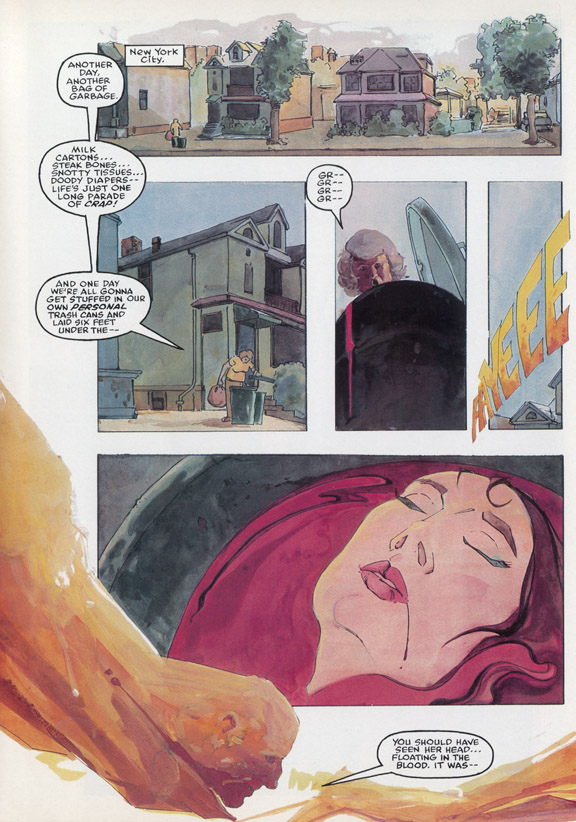
Opening sequence from Greenberg the Vampire, written by J.M. DeMatteis, 1986. One of Marvel's early original graphic novels, this was Badger's first fully painted work.
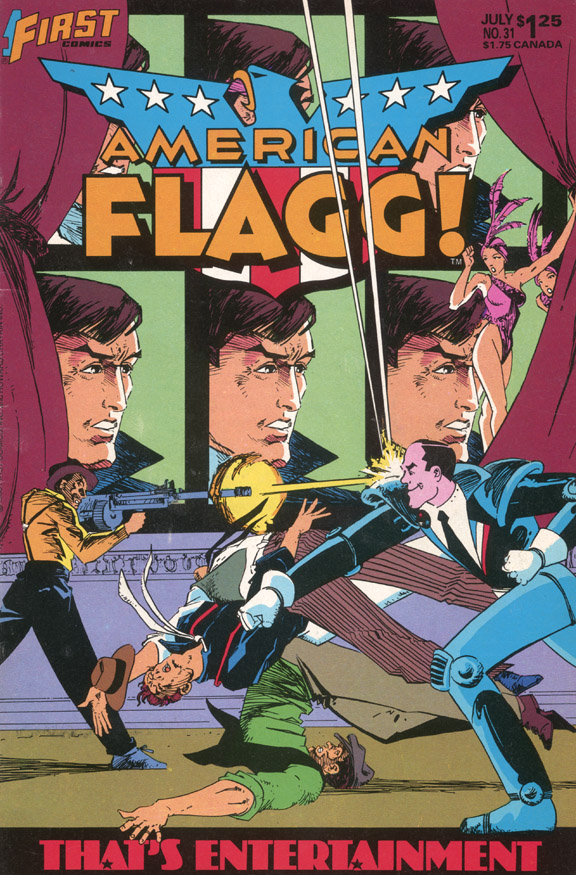
Badger's run on American Flagg should've been a dream job, considering Howard Chaykin's influence on Badger. However, it's agreed that only Chaykin could do Flagg. The results of Badger's run on the title are still interesting.
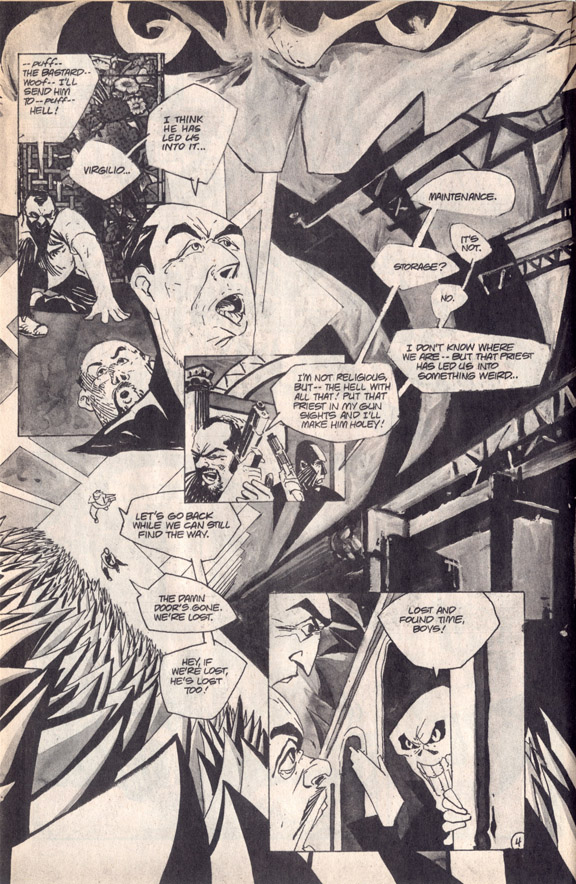
From Dark Horse Presents #10, September 1987 features the Masque's first appearance. This co-creation with DH founder Mike Richardson later went on to become The Mask.
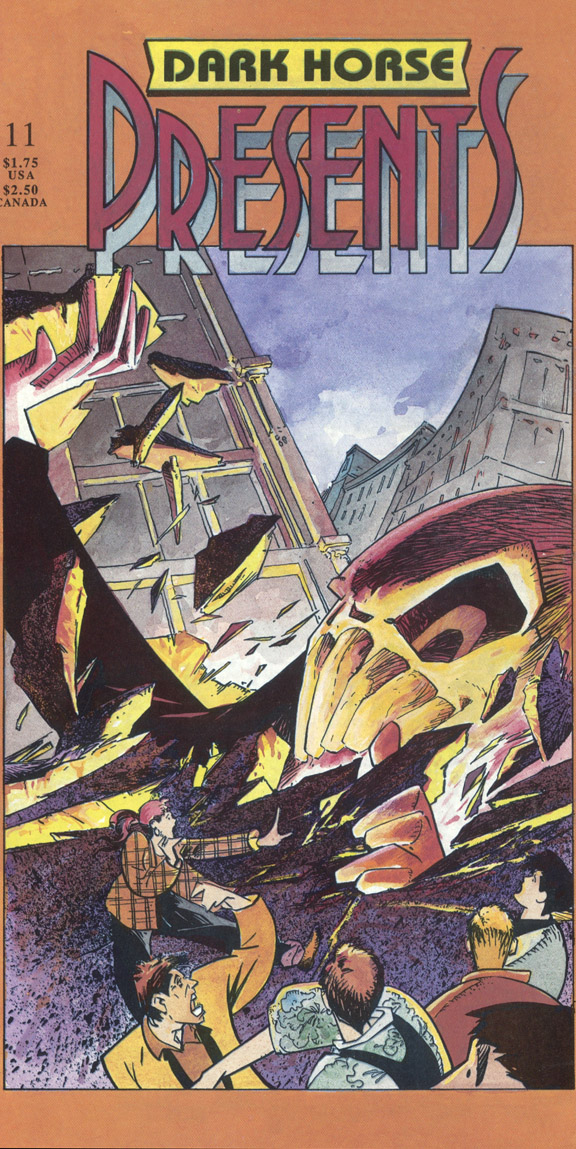
This initial run was Badger's first writing gig and although the stories were well paced and funny, his direction was at odds with Richardson's hopes for the character.
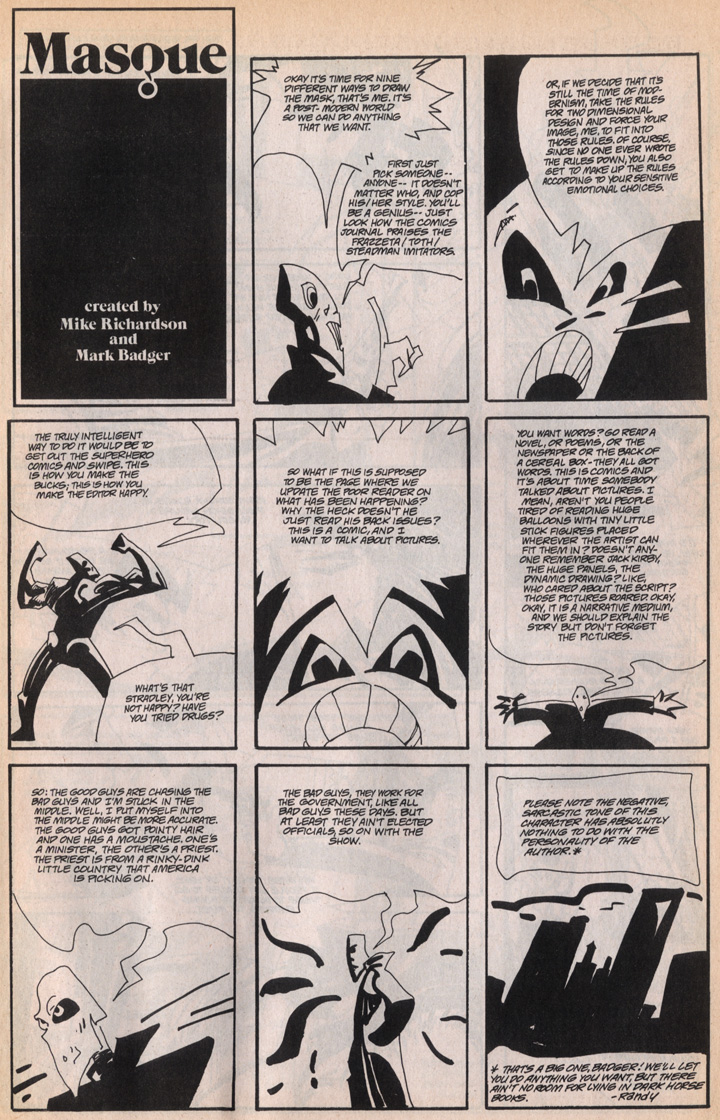
One of the great Masque chapter introductions, from Dark Horse Presents #15, Feb. 1988.
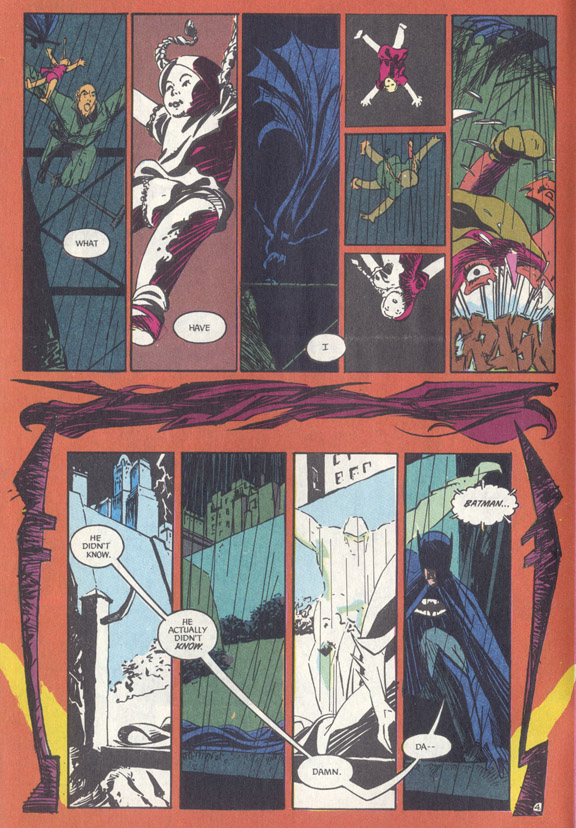
The last collaboration with J.M. DeMatteis and perhaps Badger's most visually cohesive piece with the writer. Martian Manhunter #1, May 1988.
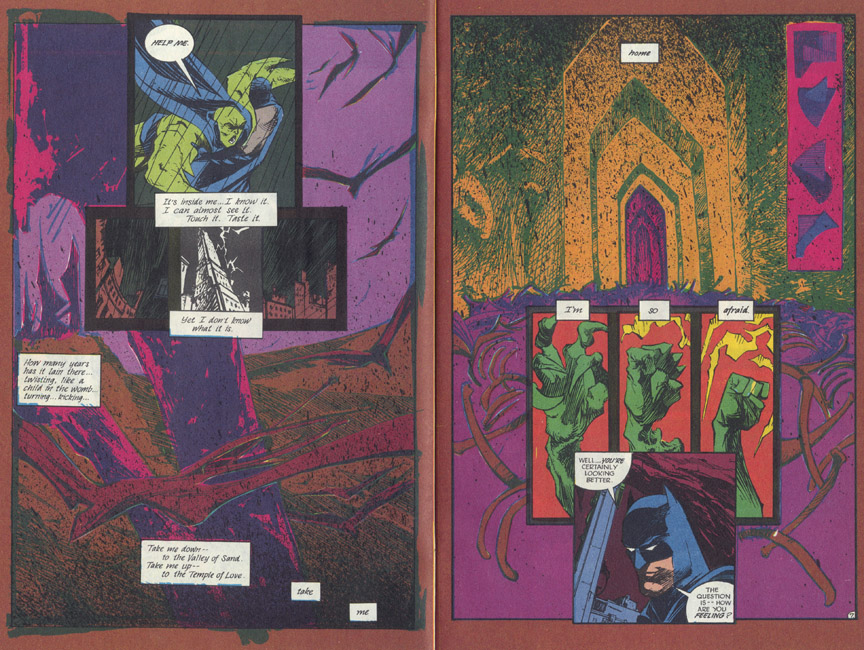
I'm tempted to make a grid of all the pages in this series and see how they all work together. This mini series deserves further examination, and hell, it's a good story. Again, from Martian Manhunter #1, May 1988.
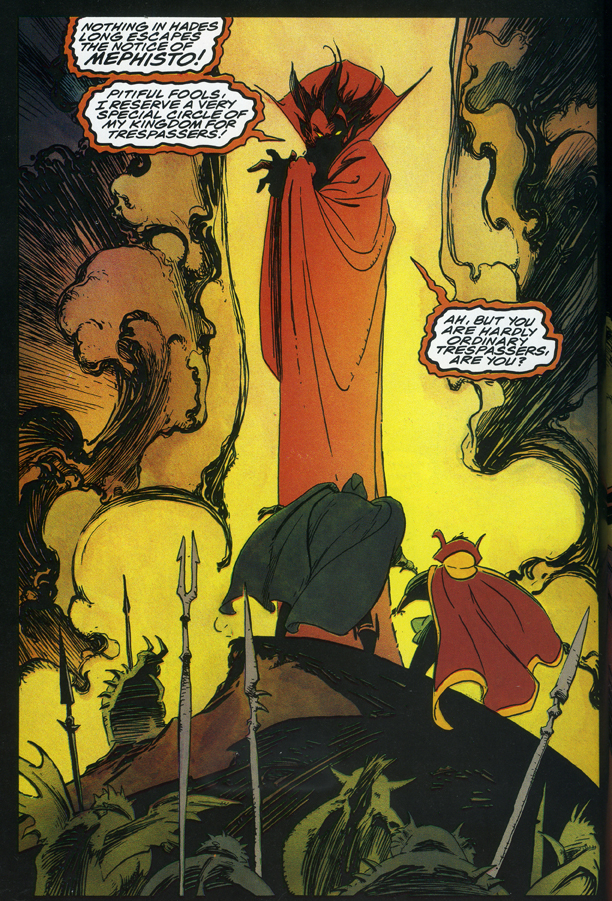
From Dr. Strange and Doctor Doom: Triumph & Torment, written by Roger Stern, penciled by Mike Mignola, 1989.
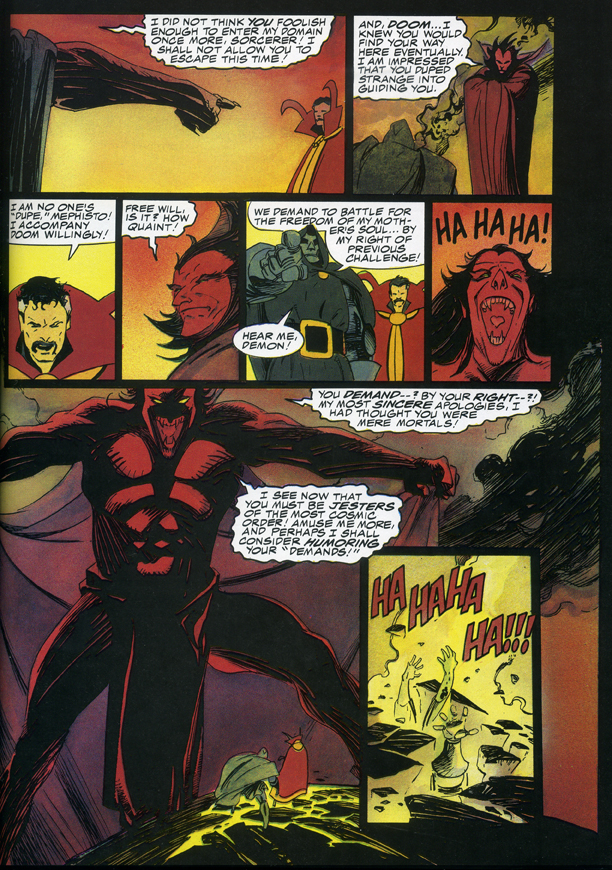
Badger inked and colored the book. The synthesis on styles was more involved than the average assembly line method of working.
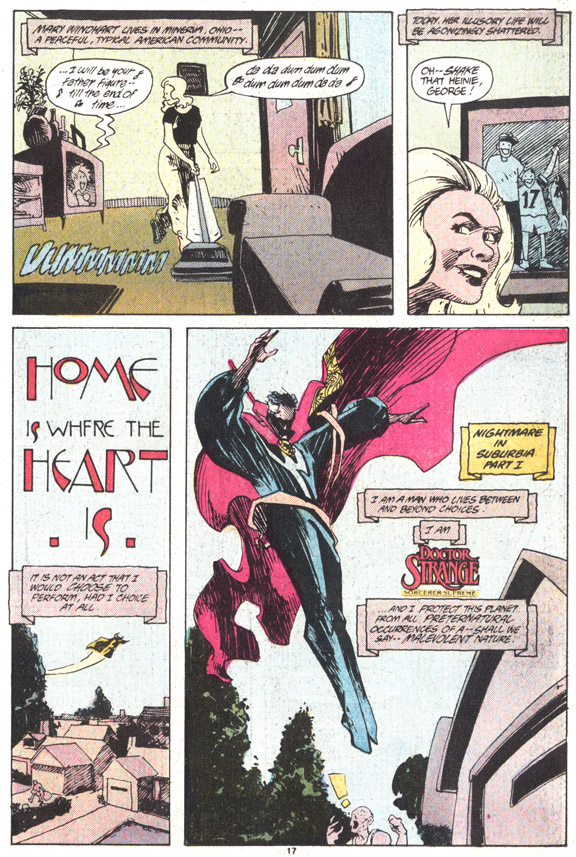
From Marvel Comics Presents #19, May, 1989. Fabian Nicieza wrote "Nightmare in Suburbia", a 2 part Dr. Strange story colored by Robbie Busch.
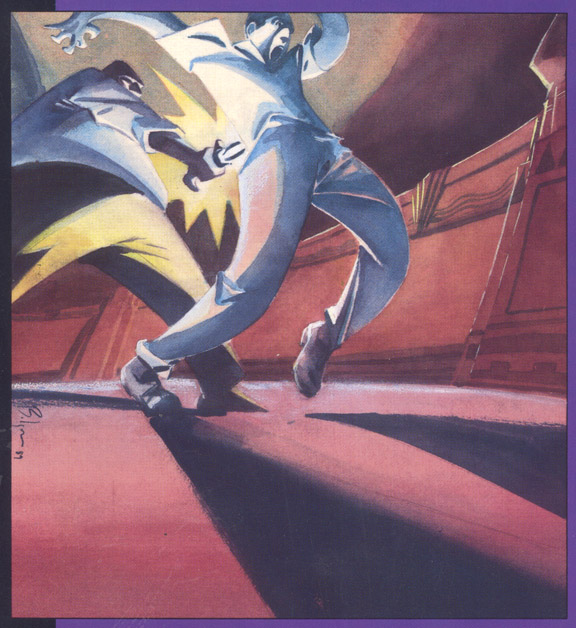
Cover image for the Score: Book 2, published by DC Comics' pre-Vertigo sister imprint Piranha Press. This fully painted 4 part series was Badger's first collaboration with writer Gerard Jones and is another work worth closer examination.
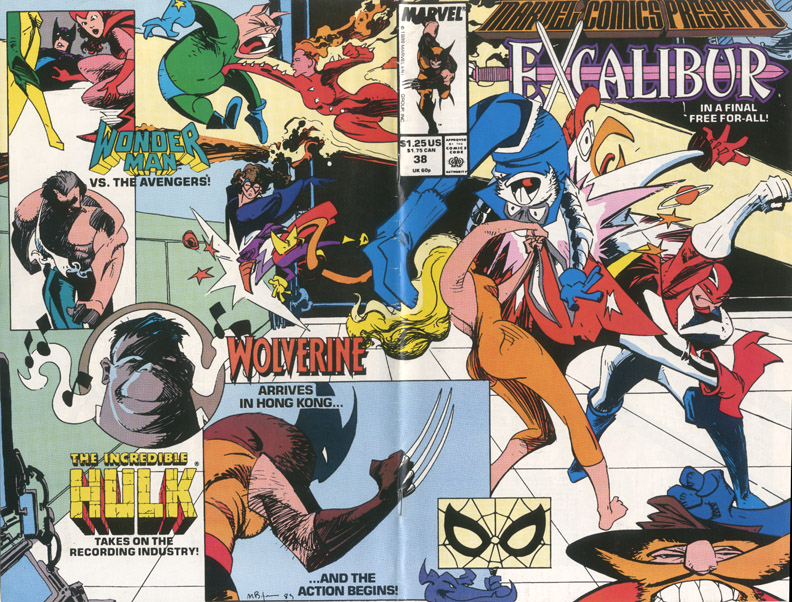
Fun and energetic wraparound cover image for Marvel Comics Presents #38, Dec. 1989.
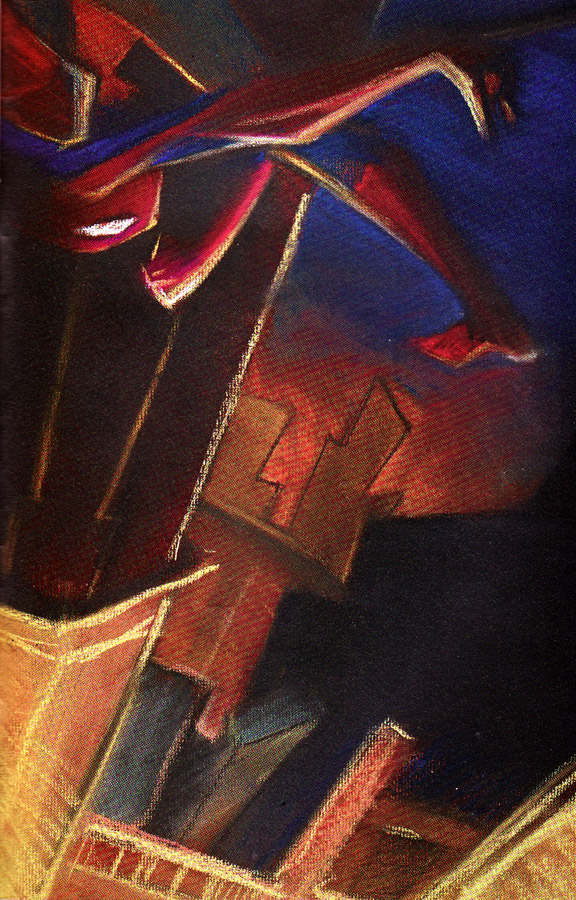
Spider-Man pin-up, from a series of charcoal pieces in Marvel Fanfare #50, April 1990.
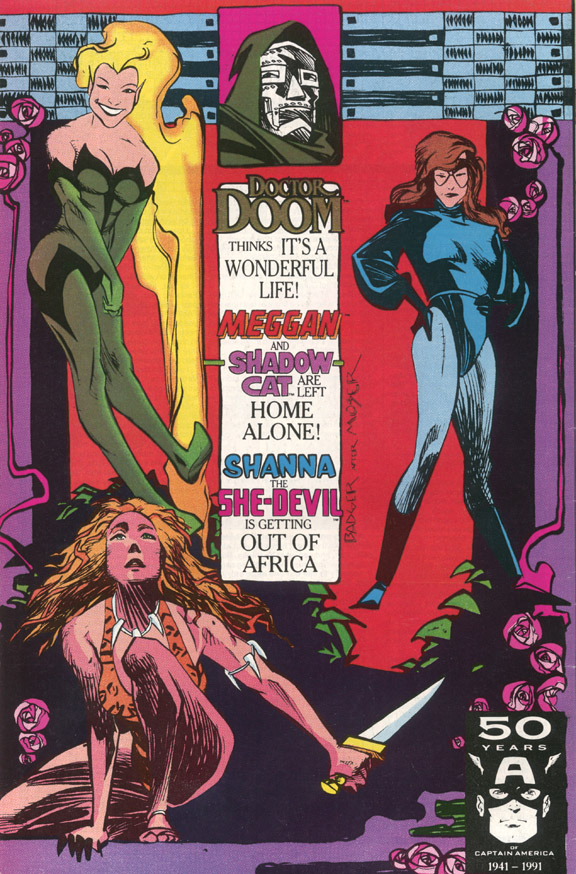
Back cover for Marvel Comics Presents #75, April 1991, inspired by Koloman Moser.
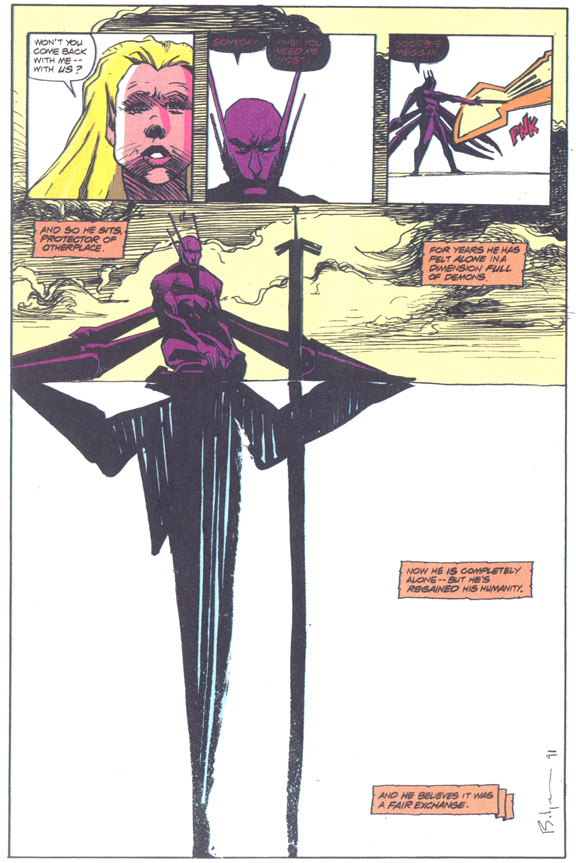
I hate to spoil the ending by showing the last page, but it's the journey that will make it worth reading Excalibur #s 37-39, summer 1991. Written by Scott Lobdell, "The Promethium Exchange" is a great, wonky 3 part story.
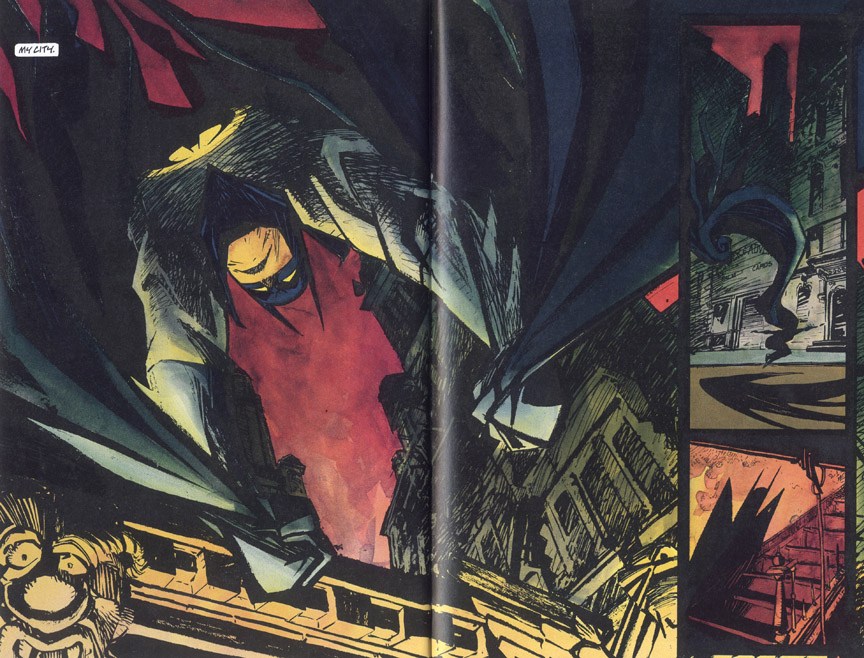
Badger's next big project with Gerard Jones was the 3 part Batman series Run, Riddler, Run, 1992.
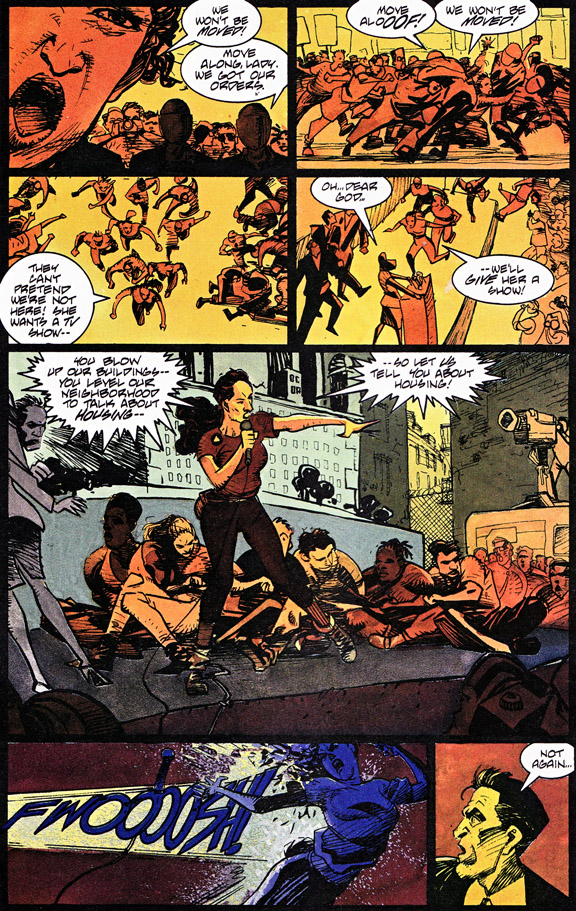
Run, Riddler, Run was less about a Riddler crime story and more about corrupt real estate developers in conflict with a community of squatters. It's still a cool Batman yarn (if you're into that sorta thing).
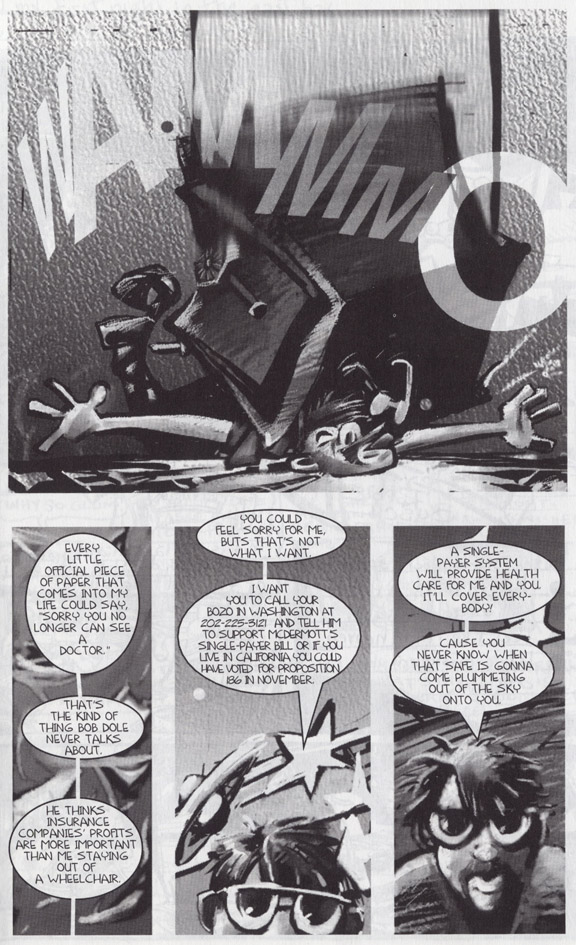
From Instant Piano #2, Dec. 1994. Badger started writing again, this time an autobiographical story used as a direct line of communication in regards to the health care issue of the time (which easily mirrors our own).
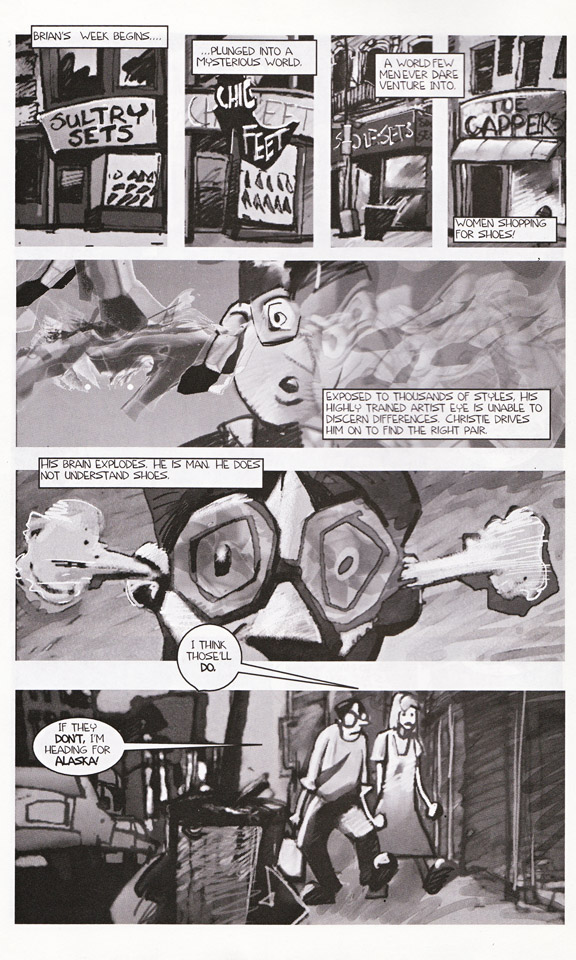
Also from Instant Piano #2, this is some of the earliest digital art in comics. Badger, and Kyle Baker, started using a Wacom to draw during this period. As I mention in the interview itself, I don't consider early computer art comics in the point I'm trying to make. Titles such as Shatter, Iron Man: Crash, and Batman: Digital Justice seemed to be more novelty than a change in the guard.

Badger's last work for DC Comics was under the editorial eye of Archie Goodwin. From Batman: Jazz #3 (of 3), June, 1995. Again, I don't mean to spoil the ending, and a beautiful, unconventional ending it is, but it really sums up the project (and even Badger's own career).
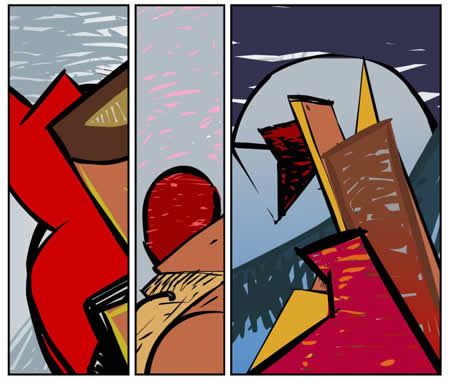
A color sample from the Abstract Comics anthology book.
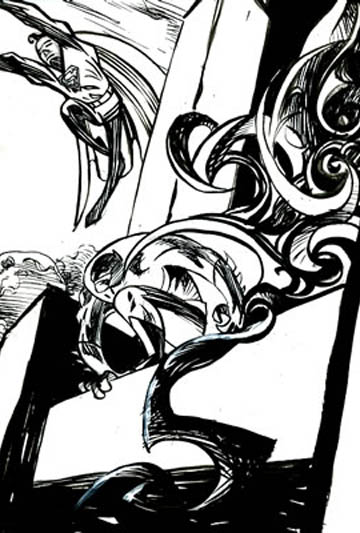
Recent commission piece featuring World's Finest.
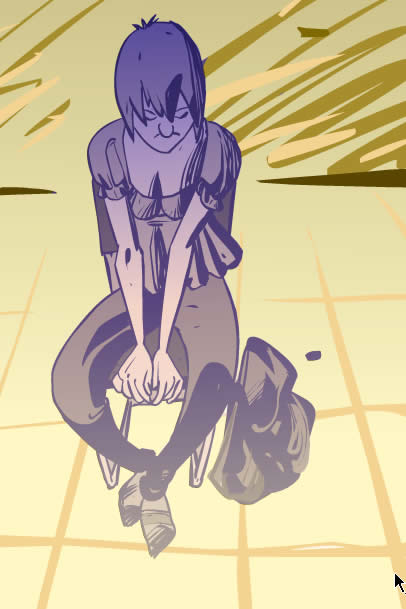
Badger has reunited with writer Gerard Jones for his multi-functional webcomic, Carabella. Make sure to bookmark Mark Badger's Art Blog and check in frequently... or hunt him down via Facebook. He's got a lot more great art posted there.
